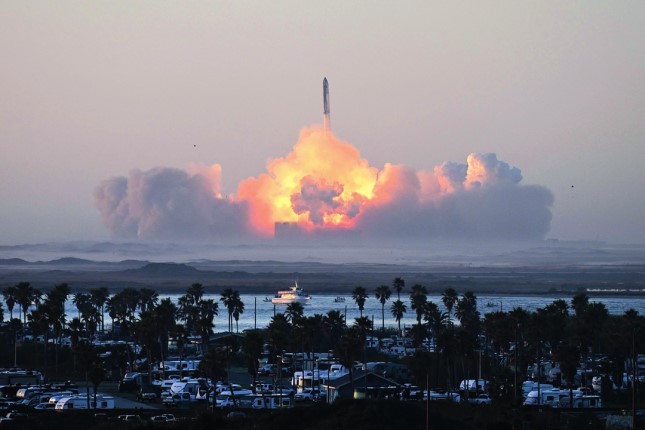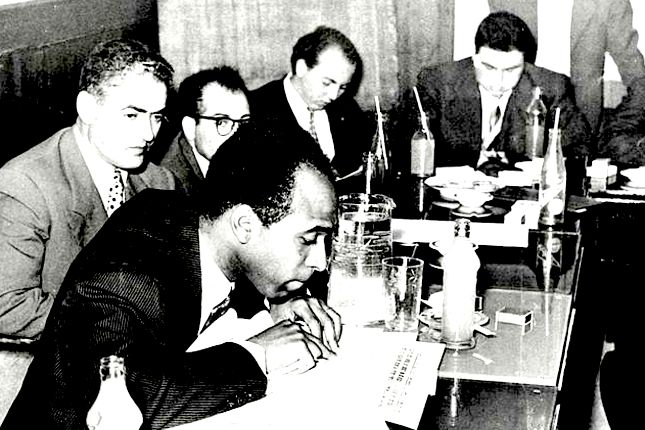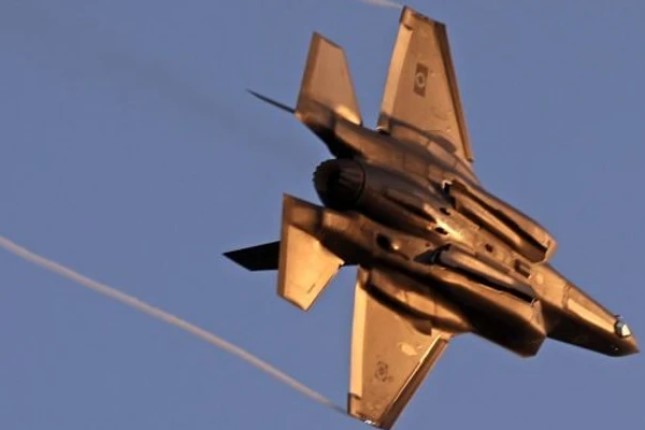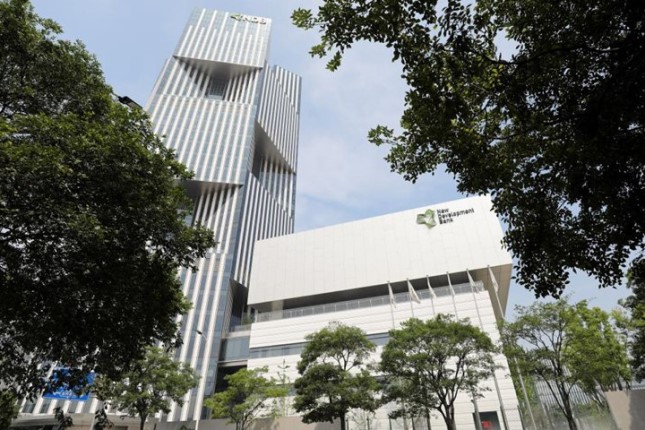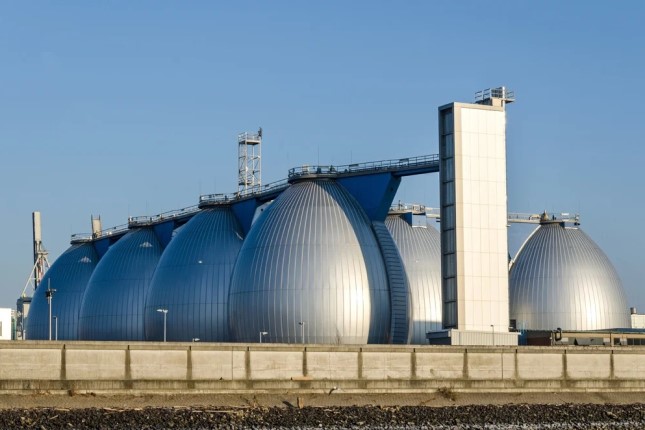As SpaceX's latest test flight displayed a mix of significant achievement and looming challenges, opinions on the test's success may vary, but objective observations point to considerable advances, according to space watchers on Sunday.
However, they also pointed out that the twists and turns with the research and development of the SpaceX' ambitious massive rocket - considered to be a centerpiece of the US NASA's Artemis Moon program - might significantly impact or delay the scheme.
The mission codenamed Artemis III aims to land astronauts on the moon in late 2025 or early 2026.
Standing over 120 meters tall, Starship Super Heavy is the largest and most powerful rocket ever built, and it can be seen for miles when stacked and standing at the Starbase launch pad in Boca Chica, Texas.
"Compared to the first test flight in April, this second trial has shown remarkable progress and great success," Huang Zhicheng, a renowned Chinese aerospace engineer and aerodynamics expert, told the Global Times on Sunday.
"Honestly, it's such an incredibly successful day even though we did have a rapid unscheduled disassembly of both the Super Heavy booster and the Ship," said SpaceX quality engineering manager Kate Tice, as reported by Space.com on Saturday. "That's great. We got so much data, and that will all help us to improve for our next flight."
Huang said that one of the major achievements was the simultaneous ignition of all 33 Raptor engines during the first stage of liftoff, with none experiencing shutdown, a testament to the feasibility of the multi-engine approach. Another significant accomplishment was the successful testing of the risky "hot staging" scheme to achieve separation between the booster and the Starship.
However, Huang expressed concerns about the overall trajectory of the Starship project. He believes that Elon Musk and SpaceX may have underestimated the challenges of developing the Starship, leading to escalating costs.
"The design of the Starship in many aspects is still not mature. These challenges could significantly impact the US' plans for returning to the moon in its Artemis project and weigh on further space explorations," Huang noted.
Chinese netizens showed much love for the Spaceship and expressed encouragement to SpaceX founder Elon Musk to keep on grinding on the steel colossus for more tests, in what Chinese observers call "big hearts for the human space exploration despite US unilateral suppressing against China's space development from a geopolitical standpoint."
Musk has become an icon among Chinese netizens for his courage to speak out on major issues related to China and conflicts such as the Israel-Gaza conflict, challenging the "politically correct" stance of the US, observers noted.
"Mishap is also experience. Hope Musk gets a third shot," wrote one netizen on Sina Weibo. "Failure is only the beginning of success. It's the price to pay for scientific exploration," wrote another.
Photo: SpaceX's Starship rocket launches from Starbase during its second test flight in Boca Chica, Texas, on November 18, 2023. But the rocket's massive booster exploded with the Starship upper-stage vehicle itself detonating before reaching its target altitude in what SpaceX called a "rapid unscheduled disassembly" © VCG.
Source: The Global Times.
